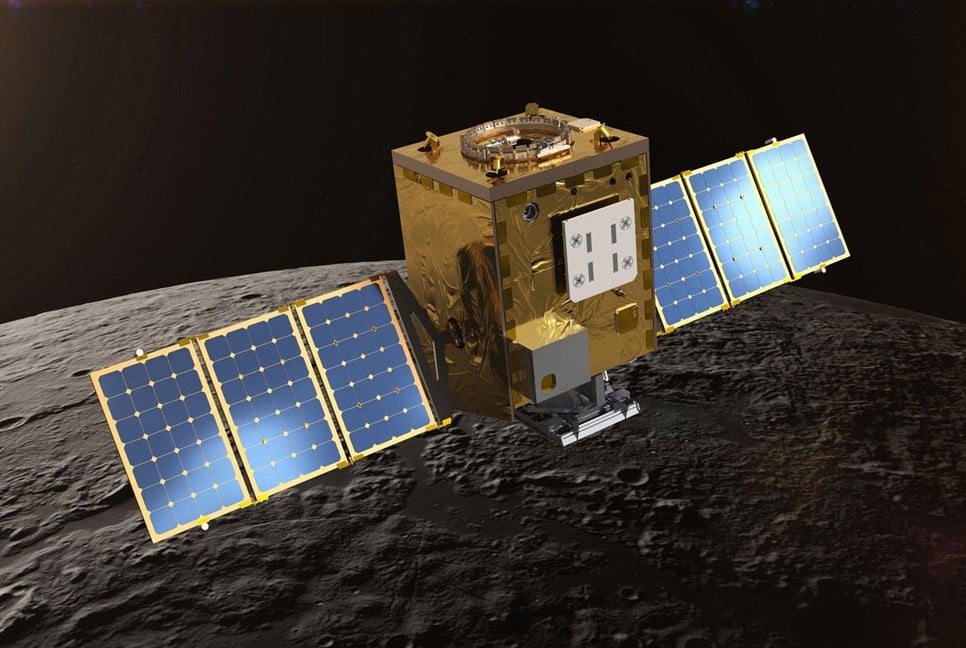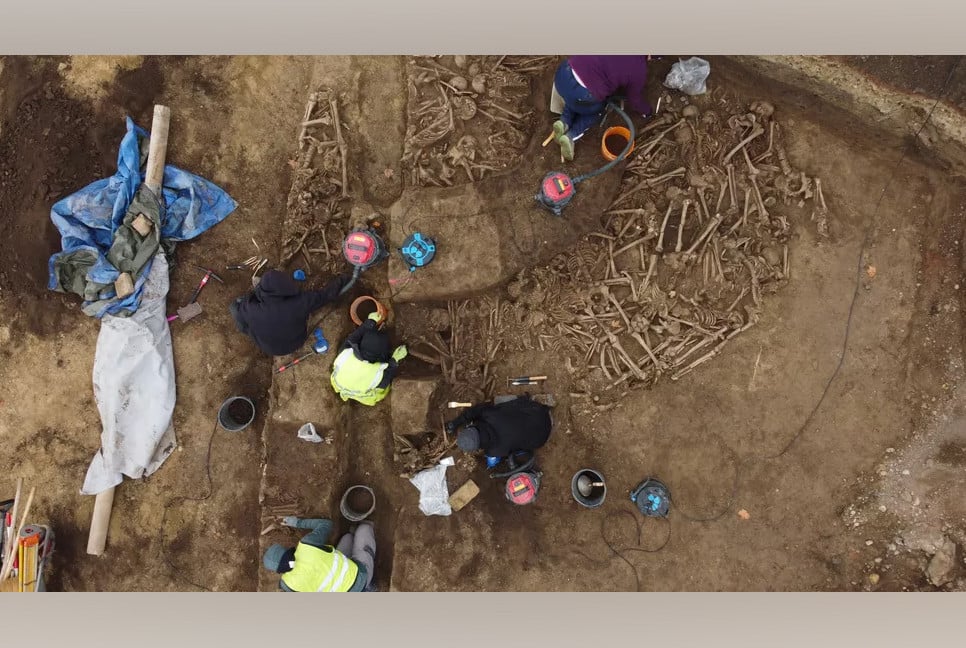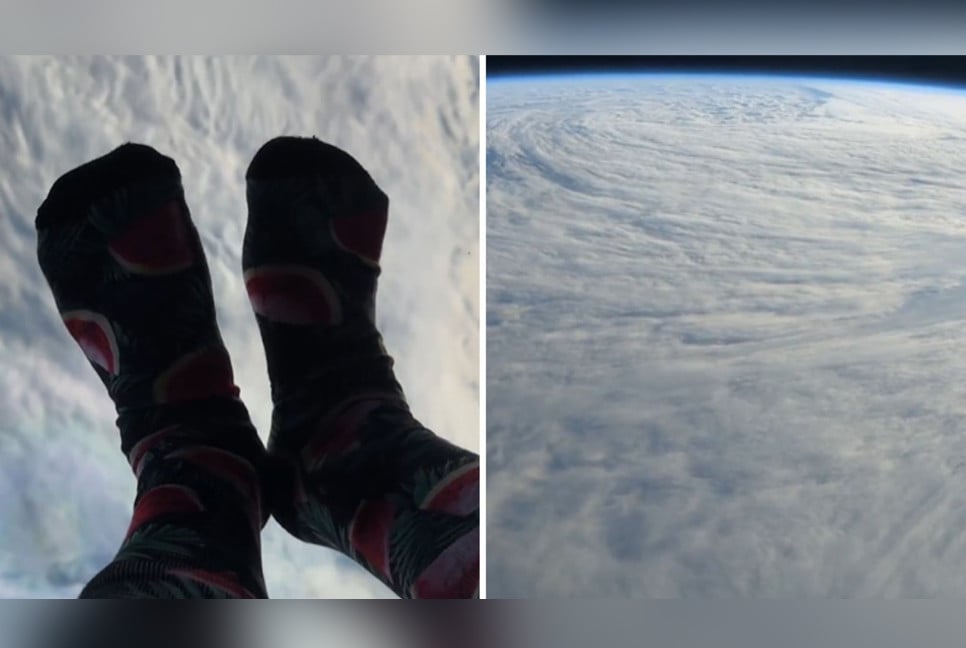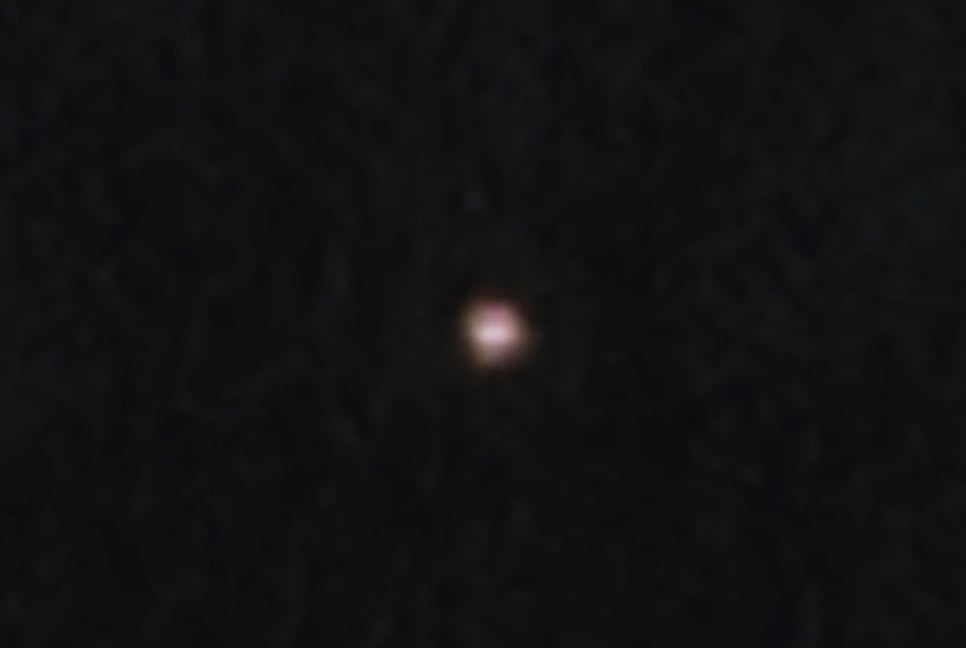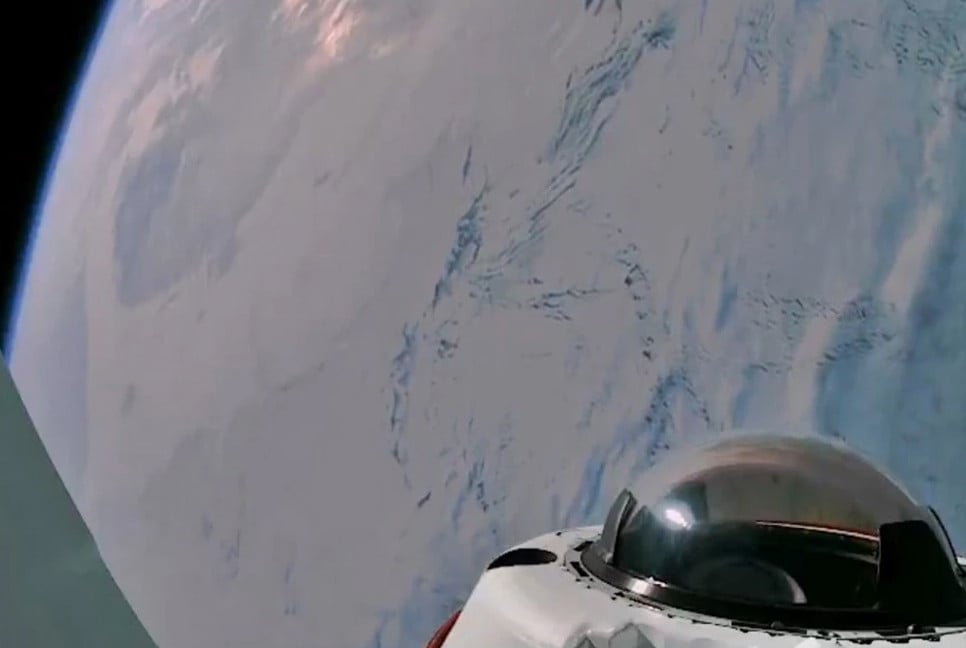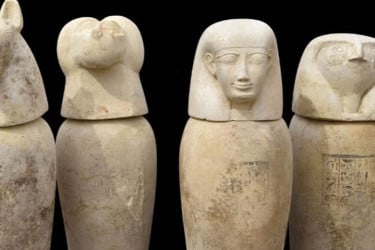NASA's Artemis II mission is scheduled to send astronauts back to the Moon by April 2026 at the earliest, with the last lunar visit occurring during the Apollo 17 mission in 1972.
Artemis II will use NASA's Space Launch System, a powerful rocket designed for human space exploration beyond Earth's atmosphere. The four-person crew will travel aboard an Orion spacecraft, which was successfully launched around the Moon and returned during the Artemis I mission.
But before Artemis II, NASA will send two missions to scout the surface of the lunar south pole for resources that could sustain human space travel and enable new scientific discoveries.
Planetary geologists are eager to analyze data from Lunar Trailblazer, one of two exploratory missions. The mission's data will provide insights into how water forms and behaves on rocky planets and moons.
PRIME-1, the Polar Resources Ice Mining Experiment, will be placed on a lunar lander and is set for launch in January 2025. The lander carries two instruments: TRIDENT, which will drill up to 3 feet (1 meter) into the Moon's surface to collect soil samples, and MSOLO, which will analyze the chemical composition and water content of the soil.
Lunar Trailblazer, a satellite, will launch on the same Falcon 9 rocket as part of a cost-saving "rideshare" mission.
Bethany Ehlmann, a planetary scientist from Caltech, is leading Lunar Trailblazer. This mission is part of NASA's SIMPLEx program, which aims to carry out planetary exploration at a lower cost.
The budget for each SIMPLEx mission is capped at $55 million, but Trailblazer exceeds this by reaching $80 million. Even so, it's still much cheaper than typical NASA missions, which can cost around $300 million.
Building small but mighty satellites
Years of research into small satellites, or SmallSats, made Lunar Trailblazer possible. SmallSats are designed to take specific measurements and work alongside other instruments to gather data. When multiple SmallSats work together in a group, they can take different measurements at once, providing a detailed view of the Earth or Moon’s surface.
SIMPLEx missions can use these SmallSats because they are smaller and cheaper, allowing researchers to explore riskier technical questions. For example, Lunar Trailblazer uses commercial off-the-shelf parts to keep costs low.
These affordable, high-risk missions may help geologists learn more about the solar system’s origins, its composition, and how it has changed over time. Lunar Trailblazer will specifically focus on mapping the Moon.
A brief timeline of water discoveries on the Moon
Scientists have been interested in the Moon’s surface for a long time. In the 17th century, astronomers wrongly thought volcanic eruptions on the Moon were lunar seas, using the word "mare," which means “seas” in Latin.
Later, astronomer William Pickering suggested that the Moon had no atmosphere, and because of this, he believed there could be no water on its surface since any water would vaporize.
However, in the 1990s, NASA's Clementine mission discovered water on the Moon. Clementine was the first mission to fully map the Moon, including its poles, and found ice in permanently shadowed areas, though the data was not very detailed.
This discovery led to more exploration. NASA launched the Lunar Prospector in 1998 and the Lunar Reconnaissance Orbiter in 2009. In 2008, the Indian Space Research Organization sent the Chandrayaan-1 mission with the Moon Mineralogy Mapper (M3), which unexpectedly found water in sunlit areas on the Moon, even though it wasn't designed to detect liquid water.
Together, these missions helped create maps showing where water, in the form of ice and hydrous minerals, is found on the Moon, especially in cold, dark areas that are always in shadow.
Novel mission, novel science
But how does the temperature and physical state of water on the Moon change from variations in sunlight and crater shadows?
Lunar Trailblazer will host two instruments, the Lunar Thermal Mapper, LTM, and an evolution of the M3 instrument, the High-resolution Volatiles and Minerals Moon Mapper, HVM3.
The LTM instrument will map surface temperature, while the HVM3 will measure how lunar rocks absorb light. These measurements will allow it to detect and distinguish between water in liquid and ice forms.
In tandem, these instruments will provide thermal and chemical measurements of hydrous lunar rock. They’ll measure water during various times of the lunar day, which is about 29.5 Earth days, to try to show how the chemical composition of water varies depending on the time of day and where it is on the Moon.
These results will tell researchers what phase – solid or liquid – the water is found in.
Scientific significance and what’s next
There are three leading theories for where lunar water came from. It could be water that’s been stored inside the Moon since its formation, in its mantle layer. Some geologic processes may have allowed it to slowly escape to the surface over time.
Or, the water may have arrived on asteroids and comets that collided with the lunar surface. It may even have been created by interactions with the solar wind, which is a stream of particles that comes from the Sun.
Lunar Trailblazer may shed light on these theories and help researchers make progress on several other big science questions, including how water behaves on rocky bodies like the Moon and whether future astronauts will be able to use it.
Source: the conversation
Bd-pratidin English/ Afia

